Days spent: 4 days (3 as part of the Salar de Uyuni tour)
Days recommended: 3 (if you manage to make arrangements for the Salar de Uyuni tour before heading to town, or also, simply arrive late in the afternoon and pick a tour from one of the agencies. There’s not really much to do or see in the city of Uyuni)
Where we slept: the first night was spent in a much needed private double in tacky, jail look-alike Reina del Salar, which, at least, provided us with clean sheets and hot showers (DON’T take them for granted in Bolivia). There we finally took a shower and brushed our teeth for the first time in almost two days. The last night in a dorm @ Piedra Blanca Hostel, a hostel for respectful grownups, with really decent breakfasts, wooden furniture and coloured glass walls facing an inner court. Downside: bad WiFi and 2 working showers in a whole floor of dorms. The 2nd and 3rd night were spent in accommodations selected by the tour. The former was a hostel made of salt, where me and Isa got lucky enough to have an en suite double (with a hot shower which was paid for one person, but, staying true to our Italian roots, was actually used by us and by our Italian tour buddies, Lorenzo and Edoardo) The latter was a place in the middle of nowhere, obviously built to host unpretentious backpackers. No showers, no hot water, all the six of us in one dorm (with somebody’s else hair and crumbles in our beds…)
What we ate: food in Bolivia is very seldom yummy. Here we started 2 weeks of plain, yet very cheap, meals based on beans, rice, some random chewy fried meat and fries. Our meal @ Sal Negra in Uyuni made somehow a slight exception. I say “slight” because in my travel diary I mentioned the place but not what I ate.
What we drank: bottled water, beer and we tried quinoa beer.
How we travelled: we left Salta on a bus and reached la Quiaca (6 hours), the last Argentinian town before the Bolivian border. We crossed the custom by feet and entered Villazon, undoubtedly the worst place we’ve been in 4 months of travels. From there we travelled by bus to Potosi (10 hours), and then jumped on a local bus through dramatic isolated mountain landscapes to Uyuni (4 hours). The Salar de Uyuni tour was on a 4×4 jeep. Don’t forget: bus have toilets but they’re locked + make sure that the bus driver is not drunk before starting your journey, I’m serious. Welcome to Bolivia!
How many km we walked: 35
How Uyuni affected our wallets: the tours are not the cheapest but still very affordable for what they offer and how long they last. Accommodations are not as cheap as you would expect, it’s a place for tourists after all. Food is literally for coins unless you go to tourists traps (and they’re quite everywhere)
Issues we encountered: I don’t even know where to start, really! For us, Europeans, used to travel a lot and fresh off other South American countries, Bolivia was a proper cultural shock. Factor that, to be really honest, made the two weeks we spent in Bolivia between the most memorable of the whole experience. Once we crossed the border from Argentina, we found ourselves surrounded by chaos, rudeness and dirtiness, in a grey and hostile town, that had been without running water for days and that was cut out from the rest of Bolivia because of the Dakar race. The destination we wanted to reach was sold out, and before boarding on a bus to Potosi, our plan B, we had to wait for what it looked like an eternity on the filthy floor of a cold and polluted (due to the ancient and -God knows how- dangerous heating systems). Since Isa got violently kicked out of the toilet by a gigantic screaming cholita, an indigenous woman, I decided to simply wee on the street. Once on the bus, we waited another 2 hours before departing without being told the reasons of the delay. At midnight we finally started moving and immediately realised that the bus driver was drunk. The bus kept on going in the wrong lane and the driver was steering so badly that we risked to capsize every few metres. In the meantime, cumbia and reggaeton music were played at the highest of volumes and two locals fell asleep on me. At a security checkpoint, Isa left the bus to complain with the police in a broken Spanish about the driver’s state, just to be told that their only task was to check the passengers’ luggage. The driver, who overheard her worries, confronted her by saying that she was welcome to leave the bus if she didn’t trust his driving skills. 3 AM, middle of nowhere, more than 4000 m above sea level. Here we literally panicked because we knew there wasn’t a way out. Can’t say how happy we were when we made it in one piece to Potosi.
In Uyuni we spent some time checking for the most advantageous tour. Once again we found out that there wasn’t actually a big difference between one and the other. We followed a piece of advice we got given by fellow backpackers in San Pedro de Atacama and booked the tour in Spanish (much cheaper than in English) from one of the recommended agencies (Esmeralda).
A huge annoyance of the tours: all of them go through the exact path, at the same time. Which results in overcrowded places and constant swearing when you’re trying to take a pic without people. And this would be so easily avoidable if only the agencies scheduled things in a smart way.
Be ready to starve, get a gastrointestinal bug, take cold showers and not having WiFi.
Always keep in mind: the weather is frigging COLD.
Would we recommend it? The Uyuni tour is easily one of the most beautiful thing we’ve ever witnessed in our lives. And this makes you cope better with the never-ending issues.
Analogue tips: you really don’t want to mess up here. Bring different cameras and films with wide ranging ISO in order to adapt to the ever changing light conditions. You will easily need from 50 to 400 ISO. A polariser is a good idea too.
What to do:
- get familiar with cholitas. Not a everyday thing to be surrounded by proud indigenous women in traditional clothes. Bowler hat, hair in two long braids, colourful shawl on the shoulders, colourful ankle-length pollera (skirt) and aguayo, a colourful piece of cloth wrapped around their shoulders in order to carry whatever they need to carry, from babies, to food, to baby alpacas. Don’t expect them to smile back at you and DON’T you even dare to try taking a candid portrait unless you want to be hit with some random rotten vegetables. You will learn to love them though, I swear.
- Cementerio des Trenes (the train graveyard). Every urban explorer’s dream. A complex of rusty and salt eroded locomotives and carriages, abandoned from the twenties and accessible without any struggle. It was the first stop of the tour and we were given only 30 minutes… How come?! We felt like kids at Christmas and immediately ran away from the big crowds to explore the parts where nobody else dared to venture. I guess we could have spent there the whole day under different circumstances.
- Colchani. Little town based on salt production and export, quinoa agriculture and handicraft. Quite ugly to be really honest, but I guess the point of stopping there was trying to help the economy of its small community.
- Salar de Uyuni (Uyuni salt flat). Bow down to this nature’s wonder. The largest salt flat in the world indisputably made it between our personal South America top 5. Being there in January meant having the chance to see the Salar at its best: flooded. During the wet season you’re allowed to marvel at the sky’s flawless reflections in the shallow calm waters and lose yourself in a picture perfect moment, where the line of the horizon disappears and it feels like walking on air. Of course, why missing the opportunity to make the most of its mirror effect and not taking a long series of ignorant and quite predictable jumping pictures?
[to be continued]
Olympus OM-1, Agfa Scala 200 (35, expired)
Canon EOS 300, Agfa CT Precisa 100 (35)
Olympus OM-10, Lomochrome Purple 100-400, Lomochrome Turquoise 100-400 (35)
LC-A+, Fuji Superia 200 (35)
6-7-8/01/2017, Uyuni (Bolivia)

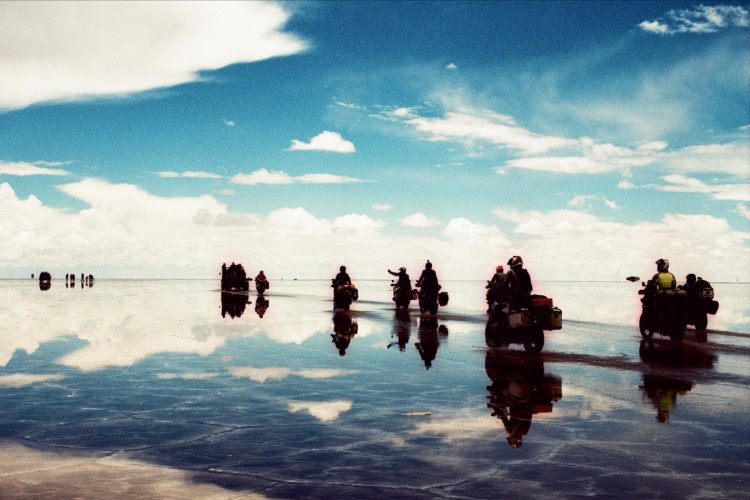
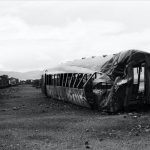
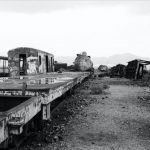
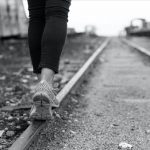
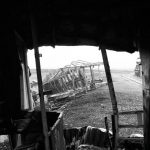




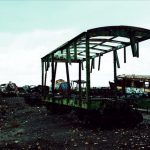
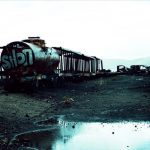

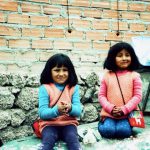



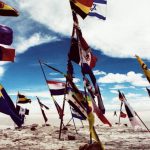
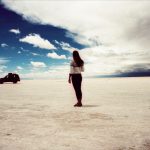
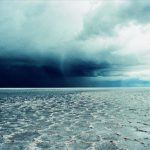

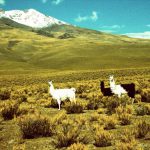
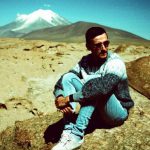


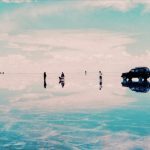
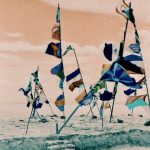

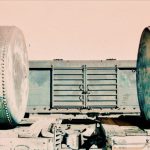

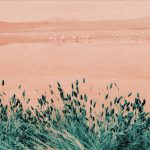
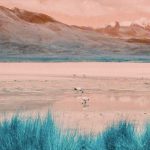
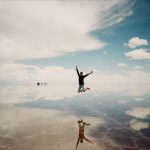
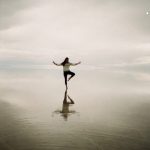
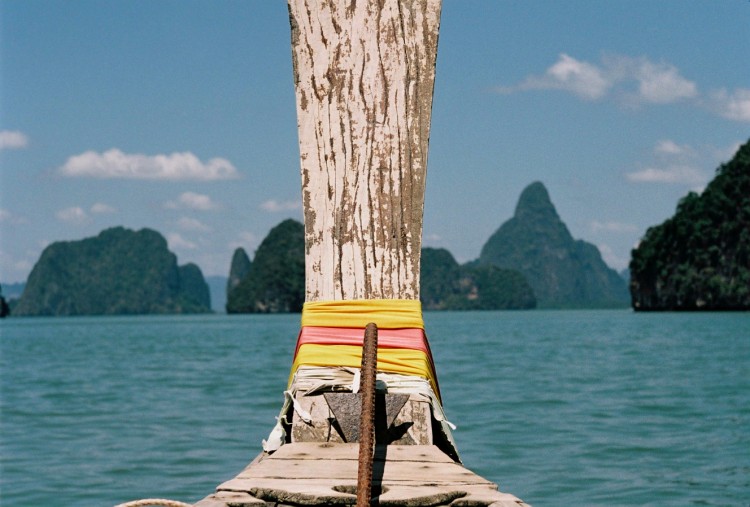
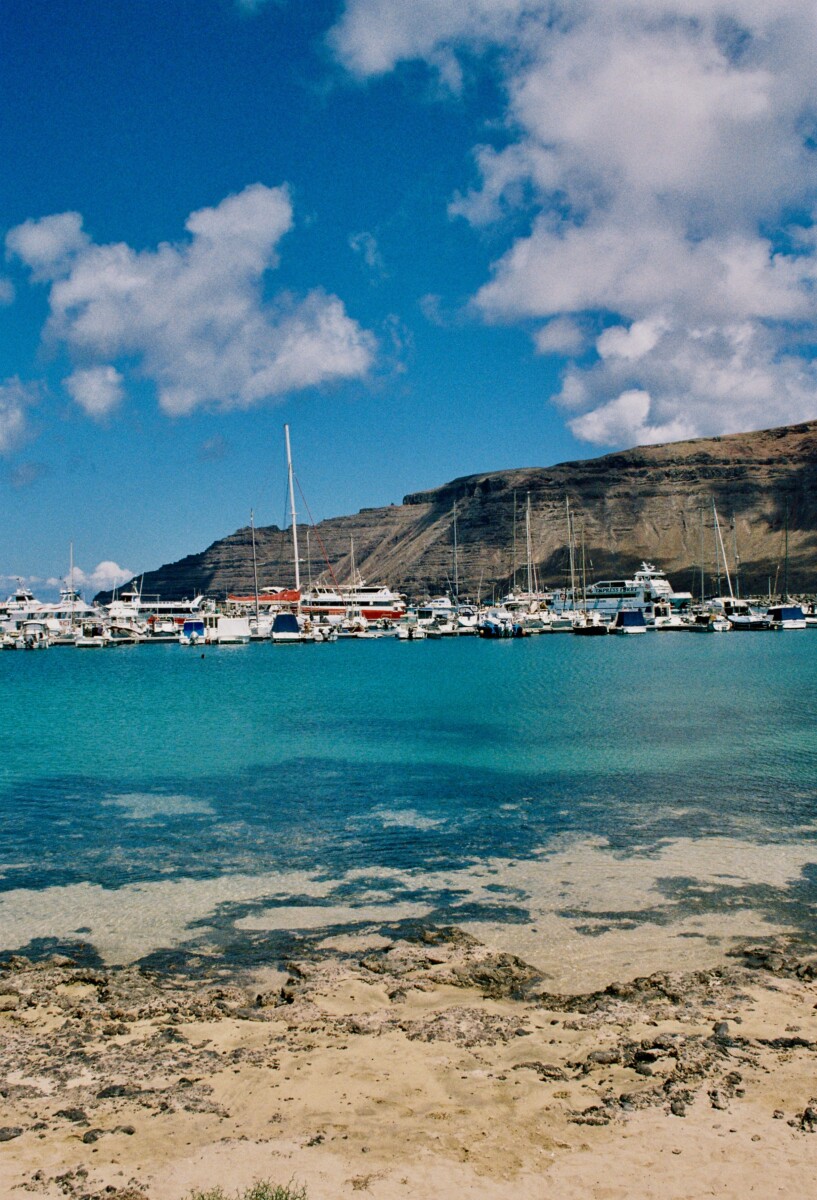
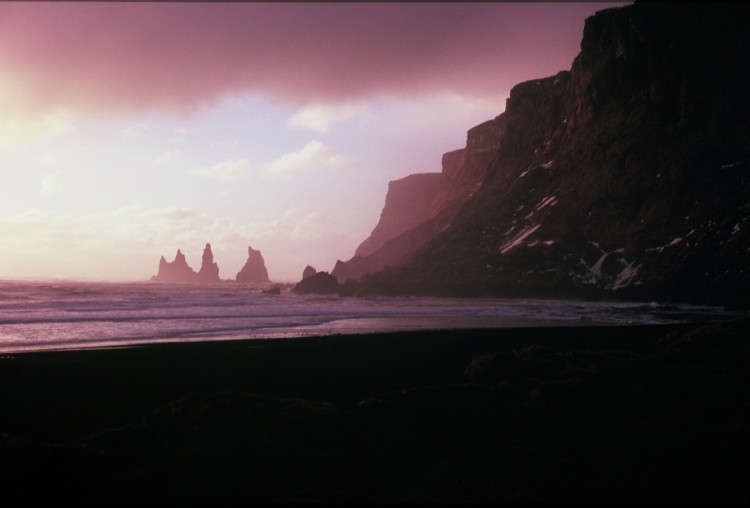
Leave a Reply